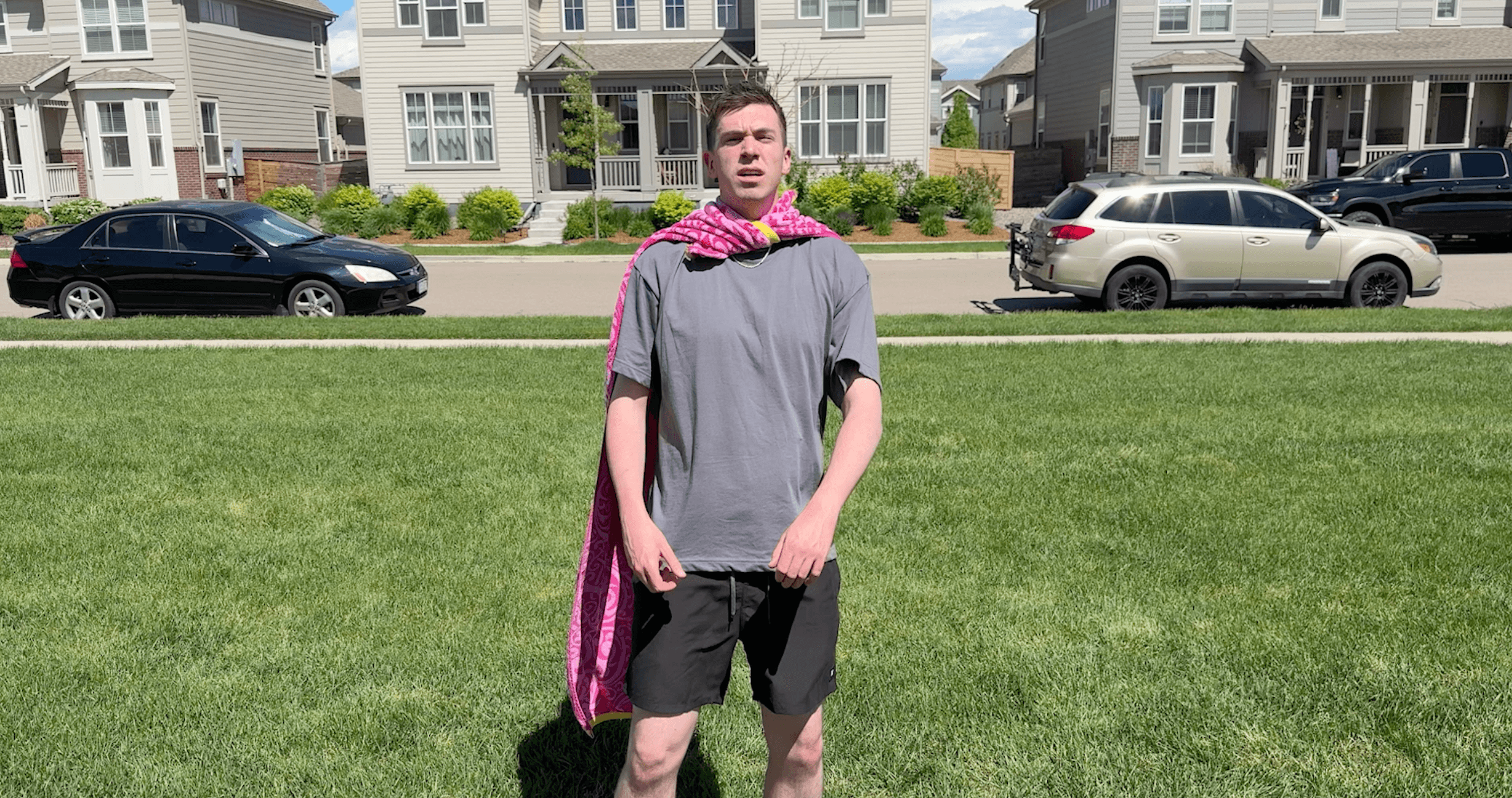Switch from Wide Shot to Close-Up Using the Video to Video AI
Reimagine Your Scene with a Prompt No Reshoot Needed
Need to convert a wide shot into a dramatic close-up without setting up new cameras or re-editing frame by frame? With the video-to-video AI tool from Luma AI, you can generate new perspectives on existing footage using just a simple text prompt.
This isn’t cropping. It’s not zooming. It’s AI-driven scene regeneration.
Powered by advanced video diffusion and neural rendering, Luma AI allows creators to direct how a scene looks and feels from camera angle and motion to lighting and visual tone by describing it naturally. Whether you're producing short-form content, film, or creative experiments, switching from a wide shot to a close-up is just the beginning.
What Is the Video-to-Video AI Tool by Luma AI?
The video-to-video AI tool from Luma AI transforms existing footage into entirely new shots using natural language prompts. It understands spatial geometry, subject movement, depth of field, and cinematic composition, reconstructing scenes with high photorealism and temporal coherence.
With a single prompt, you can instruct the tool to:
“Zoom in for a close-up with dramatic lighting”
“Change the camera angle to a low shot tracking the subject.”
“Apply soft-focus and cinematic depth of field”
The tool doesn't just edit frames; it regenerates video, maintaining continuity and realism frame by frame.
Why Switch from Wide Shot to Close-Up?
One compelling use case of the video-to-video AI tool is reframing a wide shot into a close-up. Traditionally, this would require multiple camera angles, complex post-production edits, or a complete reshoot.
Now, with Luma AI, you can prompt:
“Turn this wide shot into a close-up of the speaker with shallow depth of field.”
And get a cinematic result with lighting, motion, and composition intact.
Ideal for:
- Zooming in on emotional expressions in interviews
- Creating short-form punch-ins for social clips
- Refocusing attention on key moments in a scene
How the Video-to-Video AI Tool Works
Luma AI uses a combination of 3D scene reconstruction, video diffusion models, and text-driven control to synthesize high-quality video outputs that feel like they were filmed from scratch.
Here’s how it works:
- Input a video (e.g., a wide shot of a person speaking)
- Write a prompt (e.g., “convert to a handheld close-up with soft lighting”)
- Luma AI reconstructs the scene, generating new frames with your desired look
- Output is smooth, realistic, and temporally coherent
You’re not just editing, you’re directing a brand-new version of your footage with AI.
Beyond Reframing: Other Use Cases of Video-to-Video AI
While converting wide shots to close-ups is a standout feature, the Luma AI video-to-video AI tool does much more:
- Change camera style: e.g., prompt “simulate a drone shot”
- Control lighting: “make the scene feel like golden hour”
- Apply creative motion: “slow pan across the character”
- Repurpose content: Generate vertical clips from widescreen footage
- Stylize videos: Apply cinematic looks, soft tones, or dramatic contrast
All of this is done using plain English prompts, no need for masks, keyframes, or complex timelines.
Who Can Benefit?
The video-to-video AI tool is designed for anyone creating or editing video content:
- Content creators: Generate multiple cuts for YouTube, TikTok, Reels
- Filmmakers: Test alternative angles or scenes without new shoots
- Agencies: Localize videos for different regions or formats
- Educators & trainers: Highlight key actions or people mid-video
- Brands: Reuse assets efficiently for campaigns or formats
With Luma AI, a single source clip becomes a creative playground for video experimentation and storytelling.
The Future of Editing Is Prompt-Driven
Traditional video editing is powerful but time-consuming, manual, and constrained by what was filmed. The video-to-video AI tool from Luma AI changes that. It gives creators post-production superpowers powered by generative AI.
Now, your video workflow is:
- Faster
- Smarter
- More flexible
- Infinitely creative
All you need to do is describe what you want and let AI bring it to life.
Discover More

Transform Film Scenes with AI Video to Video Style Change
Restyle Cinematic Scenes with Next-Gen AI No VFX, No Reshoots
Filmmaking is evolving and so should your workflow. With Luma AI’s Video to Video generator, directors, editors, and creators can transform ordinary film footage into high-impact, stylized scenes without relying on costly reshoots, complex post-production, or visual effects pipelines

AI Video to Video Generator for Seamless Scene Transformation
Luma AI Video to Video Generator empowers creators to achieve seamless scene transformation -reimagining the visual style of any footage while preserving its motion, structure, and storytelling. Whether you're refining a cinematic clip or exploring new artistic directions, Luma AI makes it simple to restyle entire video scenes with speed and fidelity.
From photorealism to stylized looks, AI Video to Video gives creators control and freedom, all without reshoots or complex post-production.

Add Dynamic Camera Motion Using Video to Video AI Editing
Transform Static Footage Into Cinematic Motion with a Simple Prompt
Creating dynamic, expressive camera motion typically requires complex equipment, such as dollies, cranes, tracking rigs, or post-production VFX work. But with video-to-video AI editing from Luma AI, you can now simulate stunning camera motion from static or limited-motion footage, using just a text prompt.
Whether you're aiming for a slow cinematic push-in, a sweeping pan, or a stylized handheld feel, Luma AI generates natural, smooth camera motion with 3D scene awareness and temporal consistency. No manual keyframes or compositing are required.